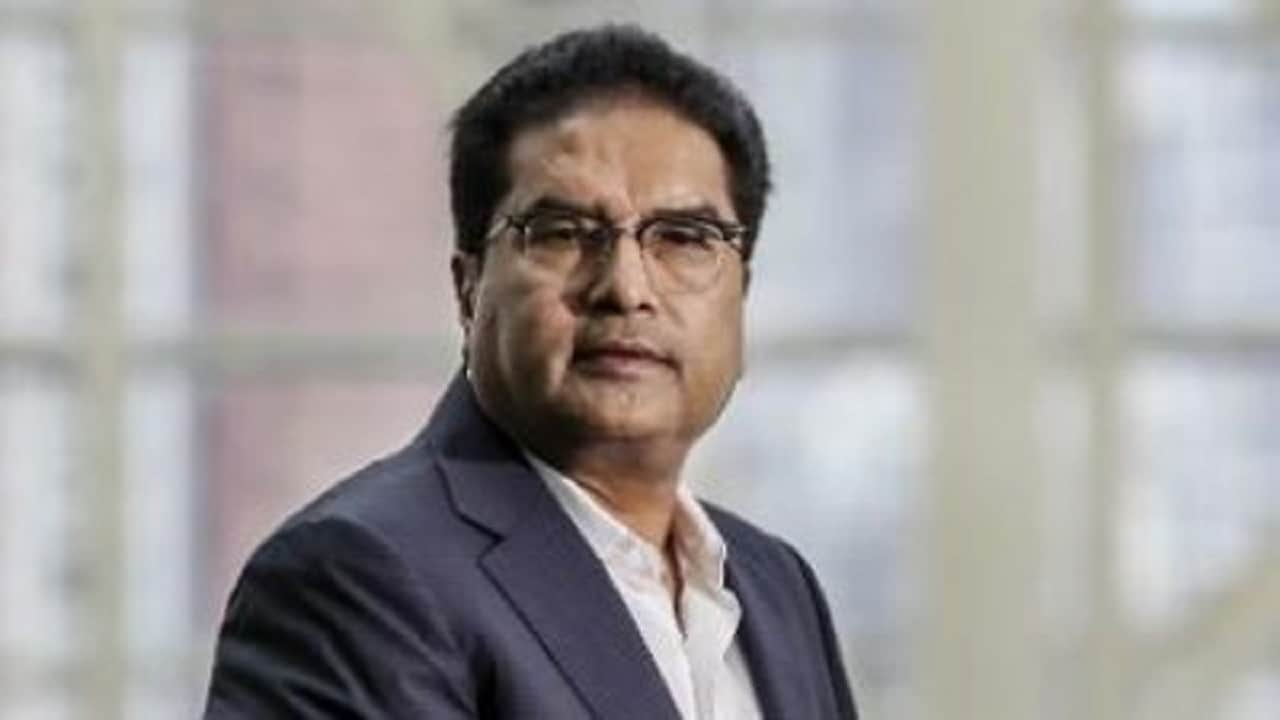
Sectors like FMCG or companies like Zomato that deal with small-ticket items are most likely to gain.
“There is going to be a lot of second tier effect. The entire tax benefit is not going to flow into just the consumption companies. The capital markets can also benefit significantly, because a lot of people who are well off, say with income of ₹25 lakhs, are not constrained by the income for the consumption, A significant portion of the incremental ₹1 lakh that they get (from the tax savings), might come to the capital markets,” he said.
Agrawal prefers new-age digital and quick commerce companies over older ones with relatively slower earnings growth but high valuations.
“I would rather spend there than companies with 70, 80, or 100 PE (price to earnings) where the growth rates at best will be 10-15%, when here (digital and quick commerce), it is 70-80%. That’s a matter of choice,” he said
Read Here | Dinesh Kanabar praises Budget 2025 for addressing long-standing tax and compliance issues
Agrawal called the Budget’s focus on Global Capability Centres (GCCs), with plans to expand to the tier-2 and tier-3 cities, as ‘a very big revolution in India’.
Read Here | Budget 2025: Amitabh Kant calls ₹20,000 crore innovation push a game-changer for startups
However, reducing the cost of goods through measures like lowering GST hasn’t been done.
Agrawal believes that the real benefits will come when economic growth picks up again, which will then lead to a more favourable allocation of resources.
Follow all the updates on Income Tax Slabs Budget 2025 here



